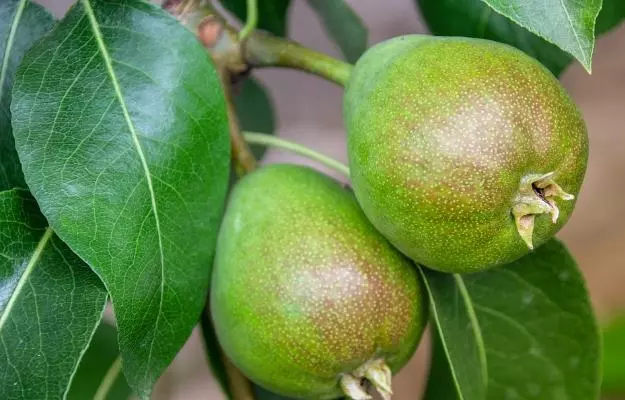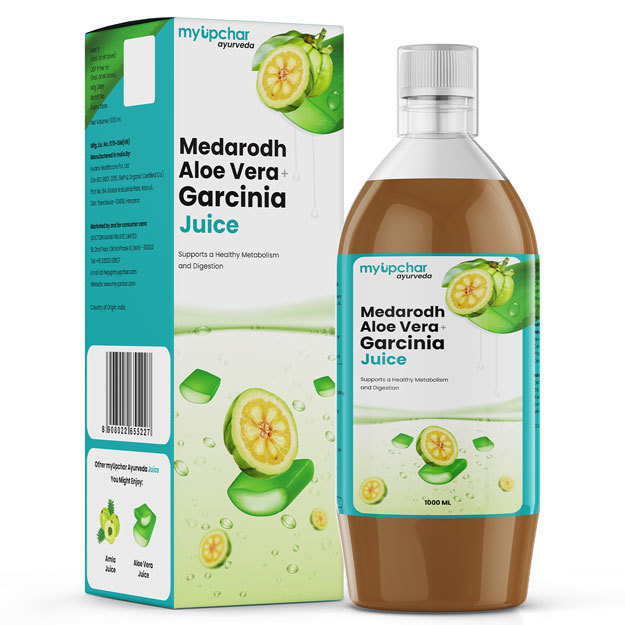Haritaki is one of the Ayurvedic herbs which comes from the seeds of the tree, Terminalia chiluba. It is also commonly called chebulic myrobalan. In Ayurveda, haritaki is one of the key ingredients of 'Triphala'. It is widely used in various rejuvenation therapies. Haritaki has many benefits for human health, especially for the gastrointestinal tract.
Haritaki consists of elements which are claimed to possess healing effects including antibacterial, antidiabetic and antioxidant properties. It even possesses anticancer properties. Haritaki is very beneficial as it contains essential vitamins, minerals and proteins.
The tree is indigenous to Southern Asia. The distribution of haritaki ranges from India and Nepal in the North, Southwestern China in the East, Sri Lanka, Vietnam, and Malaysia in the South. The part of the plant used is basically a fruit in the shape of an oval with sizes varying from 2-4.5 cm in length and 1.2-2.5 cm in breadth approximately with 5 longitudinal ridges.
The fruit turns into a greenish-black colour when ripe. It is harvested when it is still green in colour. The Haritaki fruit can taste sweet, bitter or sour depending upon its type and classification. There are 7 types of haritaki which are: Vijaya, Rohini, Putane, Amruta, Abhaya, Jivanti and Chetak. The many benefits of haritaki have been discussed in the article below.
Some basic facts about Haritaki
- Scientific Name: Terminalia chiluba
- Family: Combretaceae
- Common Name: Black myrobalan
- Sanskrit Name: Haritaki
- Native Region and Geographical Distribution: Native to South Asia






















